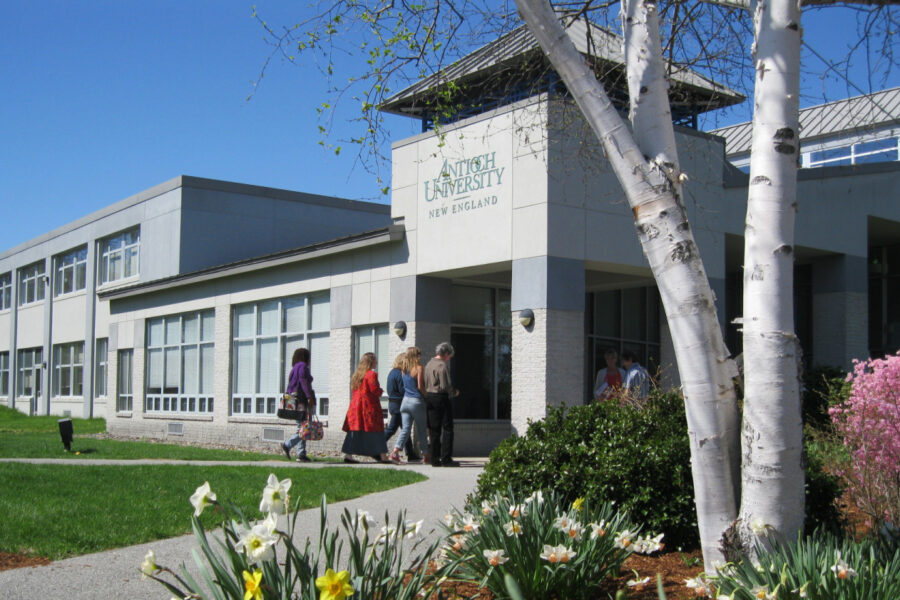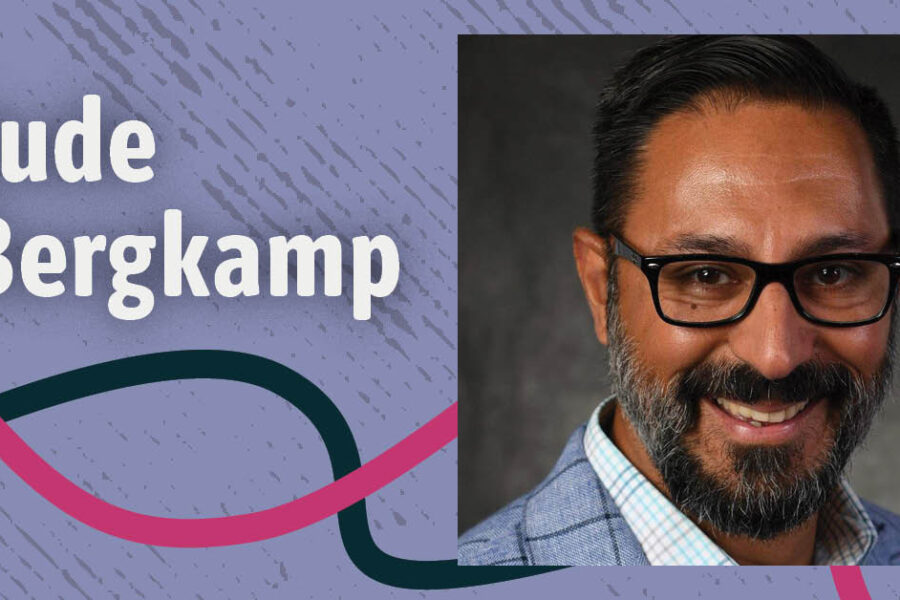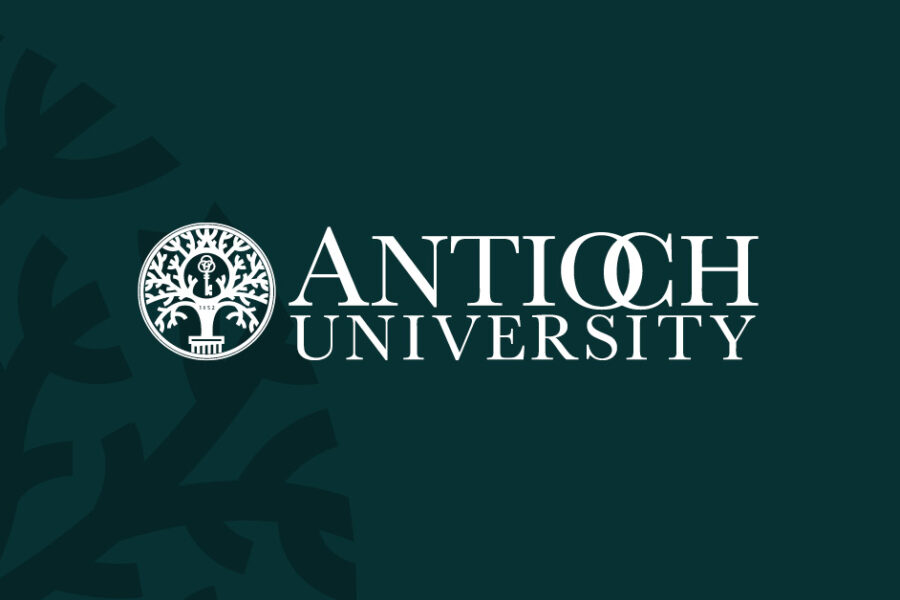Here’s a complex situation. A patient at Cincinnati Children’s is going through gender transition. Their father is open to this, but the patient is also Wiccan, which the father doesn’t know, and the patient is scared to tell. The patient consults a chaplain, and is happy to learn that the chaplain is not only open to Wicca, but knowledgeable about its traditions. With the chaplain’s help, the patient explains their Wiccan beliefs to their father, without fear, and gains an increased depth of emotional support.
This is one of several stories from a December article in Journal of Health Care Chaplaincy by Judith R. Ragsdale, MDiv, PhD, graduate of the Graduate School of Leadership and Change, where she describes how pastoral care—chaplaincy—is essential to the healthcare team. These stories all take place in Cincinnati Children’s Hospital, where Ragsdale is Senior Director of Pastoral Care. She oversees other chaplains and those who provide spiritual and religious care to patients facing difficult diagnoses and often painful treatment. Ragsdale is a continuous advocate for the importance of chaplaincy that is “religiously informed, relationally skillful”—as described in her recent article. Says Ragsdale, “Chaplaincy can make a profound difference in the healthcare of families for whom religion is important. The chaplain is the member of the healthcare team who is best equipped to navigate the highly-charged issues of the use of religion and spirituality.”
Ragsdale began higher education as a member of the Southern Baptist Convention. She entered seminary after graduating college, and was ordained, but shifted to the United Church of Christ. She became certified as a supervisor with the Association for Clinical Pastoral Education (ACPE)—the unique, experiential teaching of spiritual care providers—because it was more open to women and minorities. The educating of CPE Supervisors became central to Ragsdale’s intellectual work, and was the subject of her studies at Antioch. As a CPE Supervisor, student at Antioch, and throughout her twenty-six-year presence at Cincinnati Children’s, Ragsdale’s mission has been to articulate the value of chaplaincy and create knowledge about the instructional brilliance of CPE.
Southern Baptism and the Path to Chaplaincy
Ragsdale grew up on the East side of Richmond, Virginia, in the country. She went to Varina High School where students were mostly educated for farming, which, as she says, “Was not exactly a compelling experience.” She aspired to more intellectual work, and went to The College of William & Mary, where she intended to become a journalist. However, everything changed the summer she was a summer missionary working as a chaplain with juvenile delinquents. As she says, “I had a profound religious experience of feeling like Jesus spoke to me. And I didn’t know how to understand that.” She was told that God was calling her into ministry. As a Christian, this type of moment was essential to Ragsdale’s faith. Instead of becoming a journalist, she changed her college major to religion and later went to seminary.
Ragsdale attended The Southern Baptist Theological Seminary in Louisville, Kentucky, with aspirations tempered by Southern Baptist politics. Although Ragsdale was ordained at her local Varina church, she knew that within the Southern Baptist tradition, women typically weren’t accepted as pastors. “In fact,” she says, “The year I was ordained, the Convention voted not to ordain women anymore because Eve had eaten the apple.” This turned out to be transformative, as she was pushed toward the flexible realm of chaplaincy and, by extension, CPE. As she says, “I would up in chaplaincy, which tended to be much more open to women, to gay people, to people who do not fit the typical mold of church leadership, at least in the Baptist world.” Part of learning to do chaplaincy involved doing four units of CPE. “I fell in love with this kind of education,” says Ragsdale – she had discovered a new, exciting world of spiritual service and experiential learning that could explicitly coexist with alternative identities, experiences, and beliefs.
From Student to Educator
How do hospital chaplains learn to provide useful spiritual care to patients who ascribe to varying religious systems? The answer is Clinical Pastoral Education, CPE, an experiential action/reflection educational modality of empathic listening central to Ragsdale’s practice. As Ragsdale says, “CPE equips people with self-awareness such that they may respond to the spiritual and emotional needs of patients and families in the hospital, or congregants in the congregation, with emotional intelligence and communication skills.” CPE is the primary method of training chaplains to be effective in hospitals, where patients can hold vastly different beliefs.
“It’s a type of action, reflection, then new action experiential learning,” says Ragsdale. A student of CPE will listen to a patient and counsel them, then create what’s called a “verbatim”—a write-up of the conversation. Through the verbatim, under the guidance of a CPE certified educator, the student will identify places where they made assumptions or didn’t open their imagination enough to the patient’s experiences and circumstances. As Ragsdale says, “You write it up like a play and reflect on what happened.” One of Ragsdale’s most memorable CPE experiences was with a woman in a psychiatric hospital whose daughter had sent her a letter. Ragsdale congratulated the woman, but later realized during the verbatim that she didn’t know if the letter was good or bad, if the woman’s relationship with her daughter was positive or traumatic. Ragsdale’s certified educator at the time encouraged her to be objective about the interaction, for the sake of the patient. As she says, “The educator’s big thing was we are not here to have a social conversation. Our conversation is in the interest of the patient’s healing.” The chaplain has to be aware of their own biases, and fully orient themselves toward the patient. In CPE this is called the “integration” – being aware of one’s own feelings and triggers. Ragsdale explains, “In CPE there has to be a lot of self-understanding…I use my own experiences to help me listen better, and to help me know what my own limits are.”
CPE is taught in small groups of three to seven people by a certified educator. Ragsdale did her chaplain residency at Indiana University Health, in Indianapolis; in that program, she learned to do CPE supervision, and became a CPE certified educator through the Association of Clinical Pastoral Education (ACPE). As she says, “This resulted in an in-depth commitment to guiding students to develop pastoral care skills and to learn to become certified educators.” She was drawn not just to teaching CPE, but teaching people how to teach CPE. This was fortified by an experience with a young man she worked with who wanted to become a certified educator, but wasn’t ready for it. Ragsdale realized this was her failing as an educator who didn’t know how to assess the readiness of a CPE student to enter the Certified Educator process. A person can be a fine chaplain, but not be ready yet for Certified Educator CPE. As she explains, “Just because a person loves to learn about themselves and loves to focus on themselves, which is what a lot of CPE is, that doesn’t mean you’re prepared to become a certified educator.” By now, Ragsdale was at Cincinnati Children’s, but she became fascinated by the questions “What are good CPE skills for the level of Certified Educator CPE? How do you know what those are? How do you teach them?” This brought her to Antioch’s Graduate School of Leadership and Change.
Creating Knowledge about CPE
At Antioch, Ragsdale was able to engage in academic research that allowed her to generate and define new ideas about CPE education. As she says, “It’s an amazing school. They taught me how to do qualitative research, which allowed me to explore CPE in a substantive way.” It turned out these techniques resonated with what Ragsdale had learned in her pursuit of chaplaincy. She says, “The concept of doing in-depth listening and textual analysis, which is what qualitative research is, and out of that creating new knowledge, was very congruent with what I had done in CPE.” She also loved how Antioch structured more personal relationships with faculty. She fondly remembers her advisor, Carolyn Kenny, from whom she learned about phenomenology, and the possible depths of analysis. Ultimately, she chose Elizabeth Holloway as her dissertation chair. Elizabeth introduced her to grounded theory which has become her research method for subsequent studies. Her dissertation, titled Educating Clinical Pastoral Education Supervisors: A Grounded Theory Study of Supervisory Wisdom, studies the most successful CPE educators at the Supervisory (now Certified Educator) level, and proposes the idea of “Evolving Wisdom” – the reciprocal growth between an educator and their students. From this, Ragsdale produced a methodology for how to more effectively teach CPE Certified Educator Candidates.
Throughout Ragsdale’s studies, she was encouraged by her partner, a medical doctor. “For a time my partner was very focused on research,” says Ragsdale, “And she said, when you’ve done your first research study, that gives you a ticket in, which allows you to really learn to do research. So even after Antioch I’ve continued learning to do research.” Ragsdale’s work at Antioch fostered an enduring practice of rigorous analysis and description, to the benefit of chaplaincy and CPE. Her December article in Journal of Health Care Chaplaincy, co-authored with Cate Desjardins, shows this – in it, they describes the role of chaplains and spiritual counselors on the healthcare team, and typifies the ways in which they’re most effective. Ragsdale calls this Religiously Informed, Relationally Skillful Chaplaincy Theory (RIRSCT). With RIRSCT, Ragsdale substantiates the notion that chaplains will improve the experience of patients, since, as stated in the abstract “Patients whose religion is a significant part of their worldview often use R/S [religion and spirituality] in healthcare to make meaning, to cope, and to make medical decisions.” The decision-making of patients in particular has a direct impact on the practice of medicine. When these decisions are based on religious/spiritual belief, a chaplain can be extremely helpful in helping both the medical team and the patient understand each other.
Chaplaincy in Practice
Ragsdale gathered some wonderful stories for the article – they represent the multilayered work of chaplains and spiritual care givers at Cincinnati Children’s, and the efficacy of Ragsdale’s leadership. “The stories in the paper are not my own, but come from others on our staff,” says Ragsdale, “Here’s one from me. There was a young woman who identified as Christian but who was far more interested in her Native American spiritual heritage. I invited a Native American Holy Man to come meet with her. He provided a couple of interventions that supported her coping – he heard and helped her interpret one of her dreams, and he also brought a cleansing ritual to help her release some of her concerns. This helped her cope with her anxiety such that she could be better available to engage the treatment she had come to the hospital to receive.” Ragsdale shows that chaplaincy goes beyond close interactions with the patients – it necessitates a reaching-out into spiritual figures in the community, and constant self-education about new kinds of belief. Also, as Ragsdale points out, “A lot of atheists want to talk to a chaplain.” A good chaplain strives to understand any kind of individual construction of reality. The goal, as always, is the patient’s healing.
COVID-19 has presented multitudinous new challenges to hospitals. Ragsdale’s practice is not unscathed – many faiths place importance in physical closeness, such as Catholicism and the presence of a priest, which can be at odds with quarantine measures. This is the kind of challenge chaplaincy is good for – closing the distance between medical necessities and the understanding of the patient. Fundamentally, says Ragsdale, a chaplain must be “open to learning.” When meeting with a patient, she’ll respectfully explore what’s important in the patient’s religion or spirituality asking such questions as, “Are there things that you do? Like what? Is there music that helps you feel stronger? Are there stories? Are there any practices? Do you pray? What kind of things do you pray for?” The answers may often be different, but with a life of intellectual work connecting theory to practice and a new, created theory of pastoral care, Ragsdale is open to learn.





